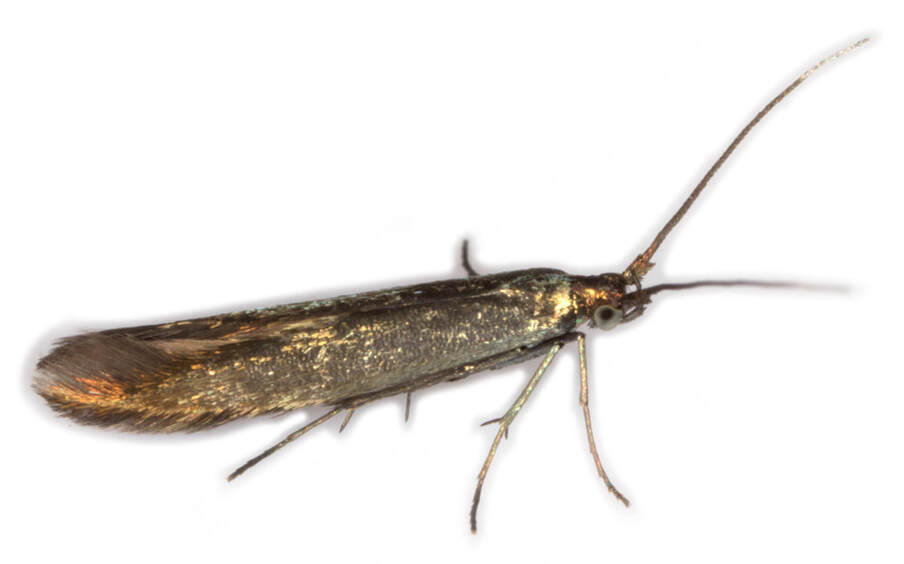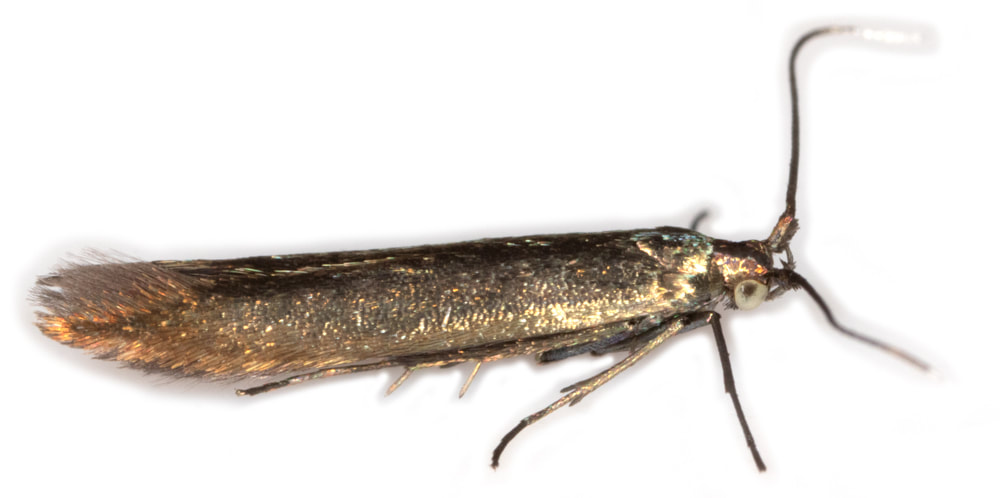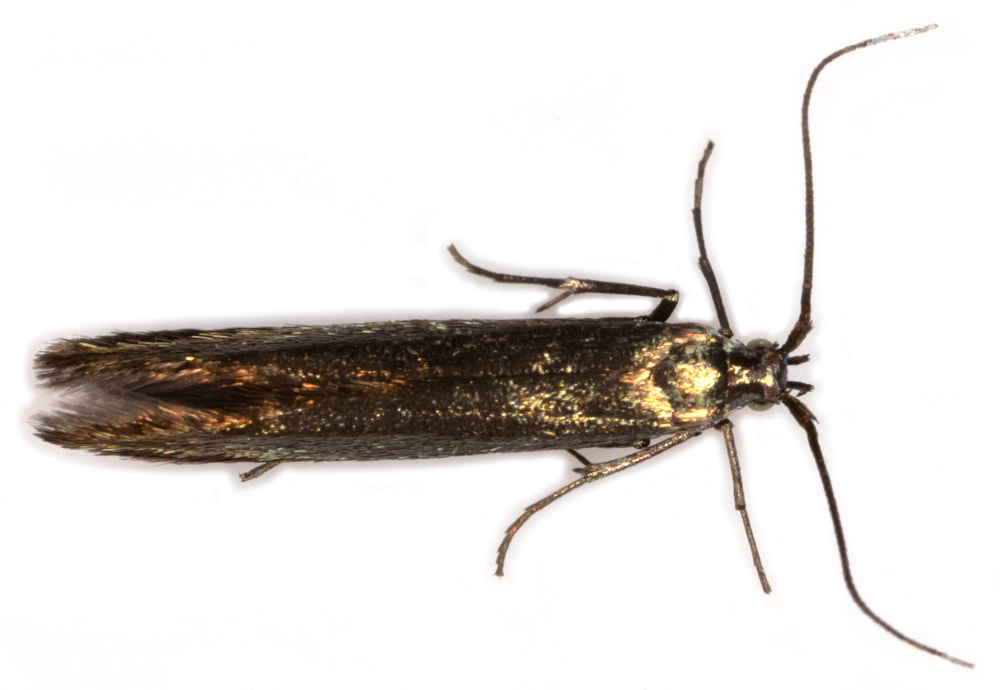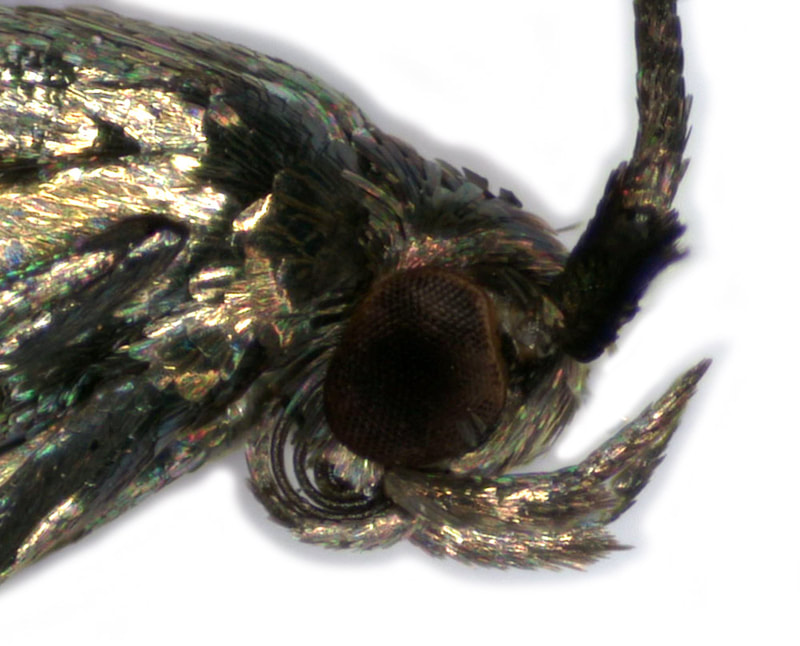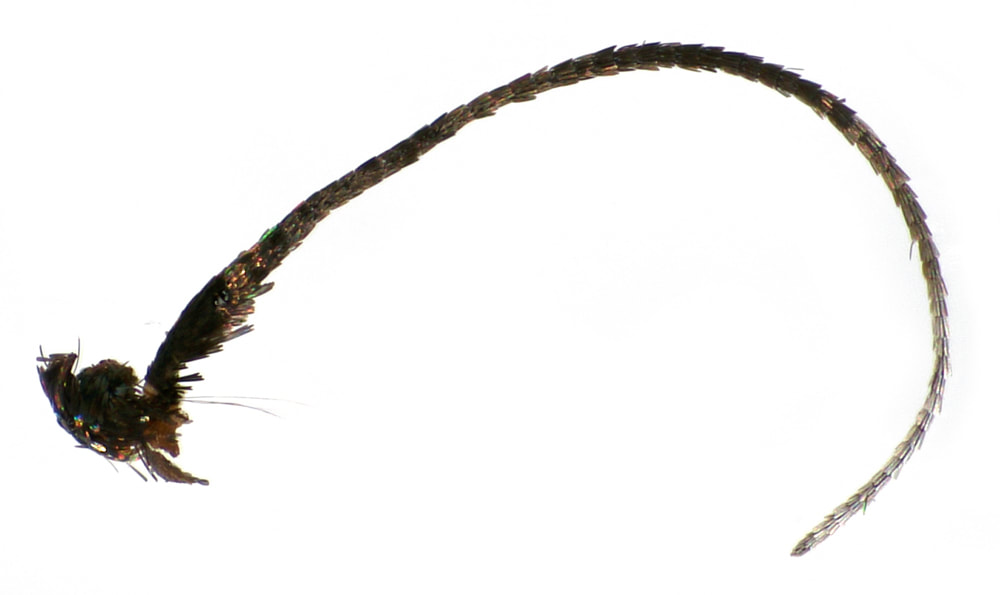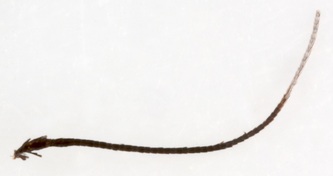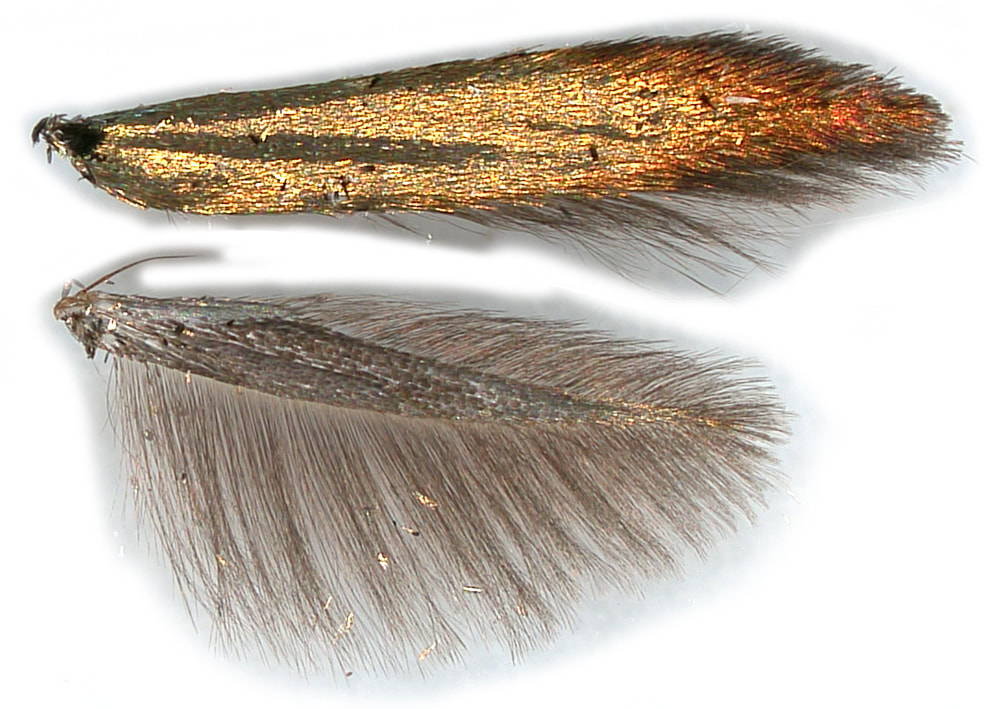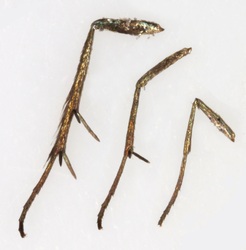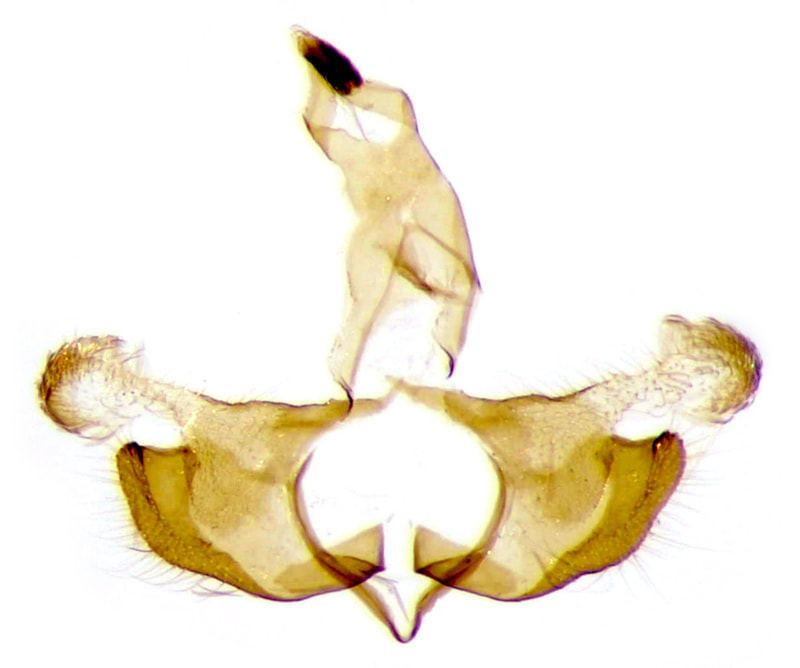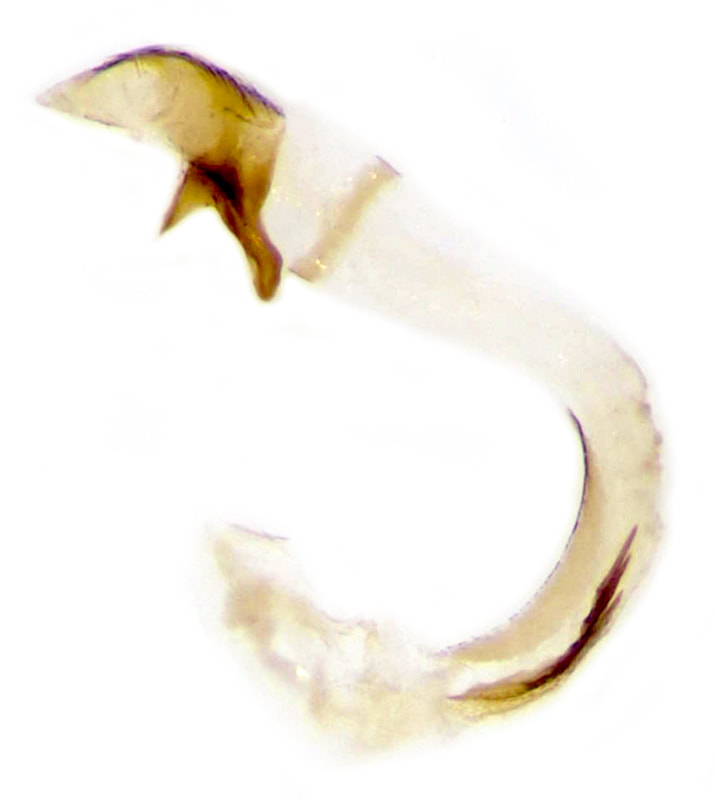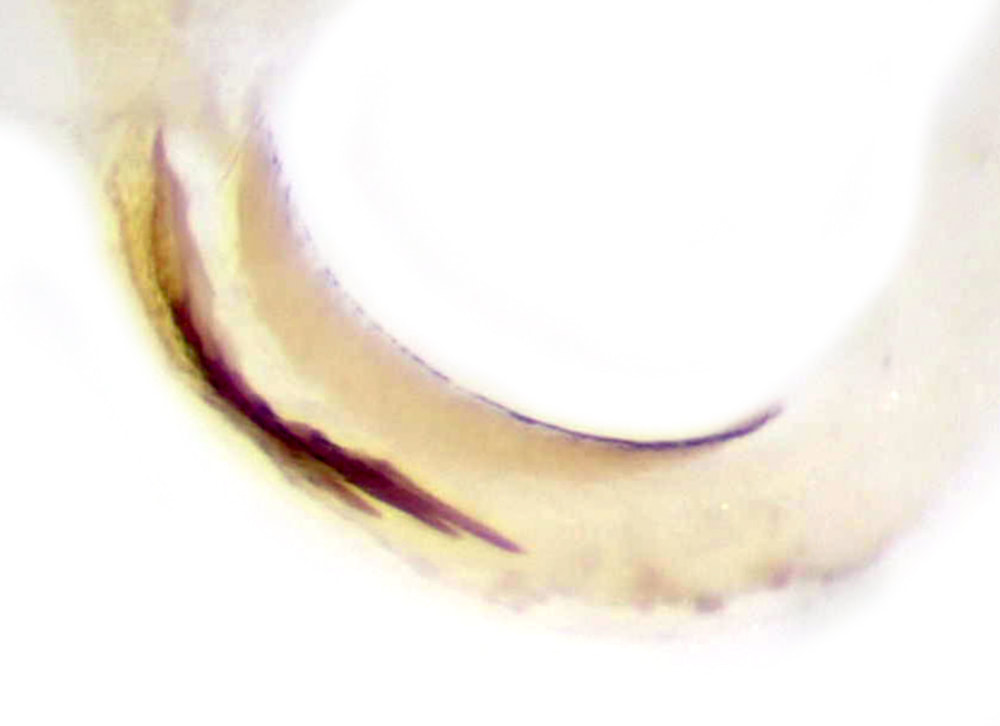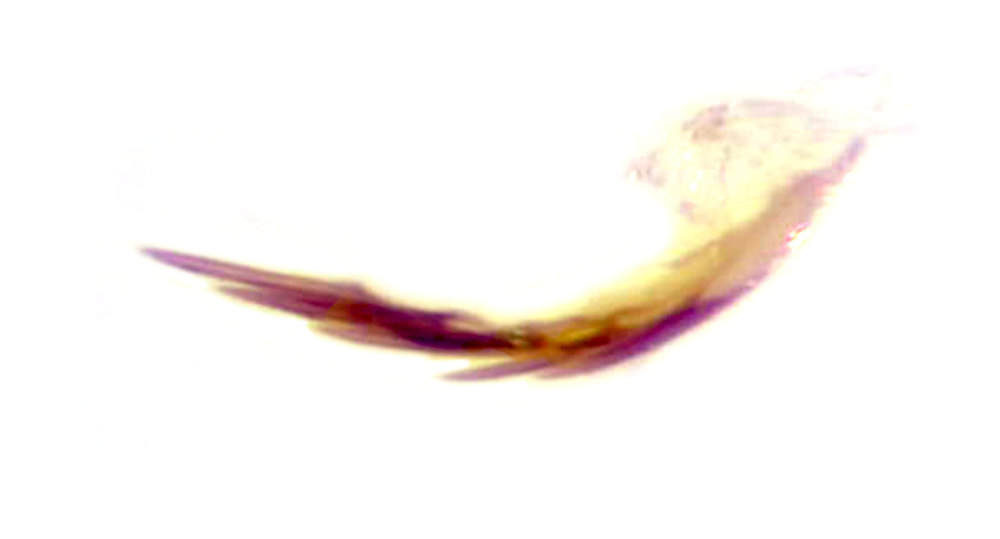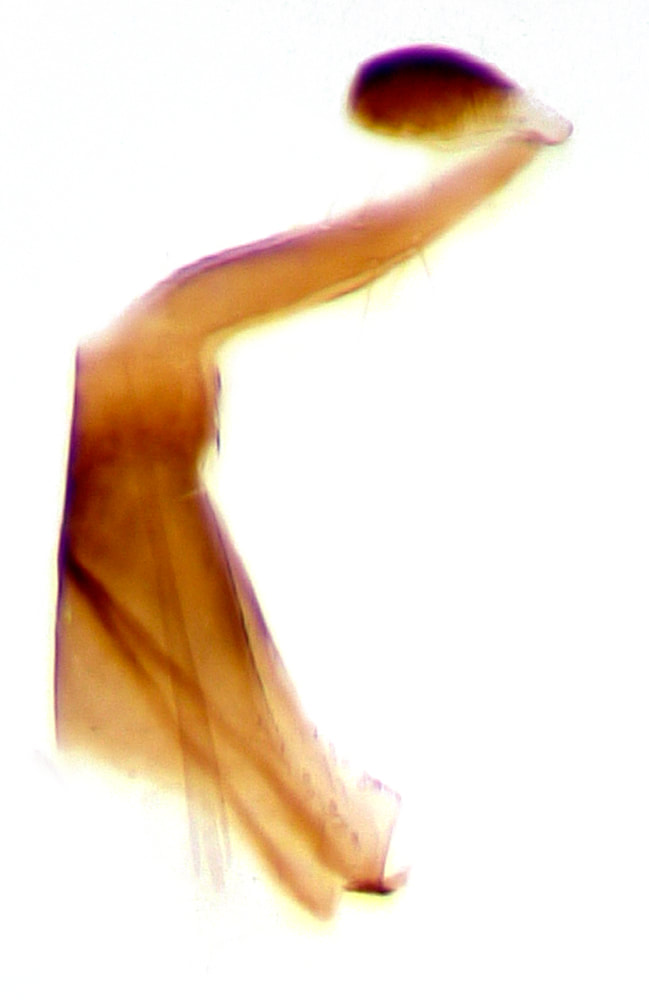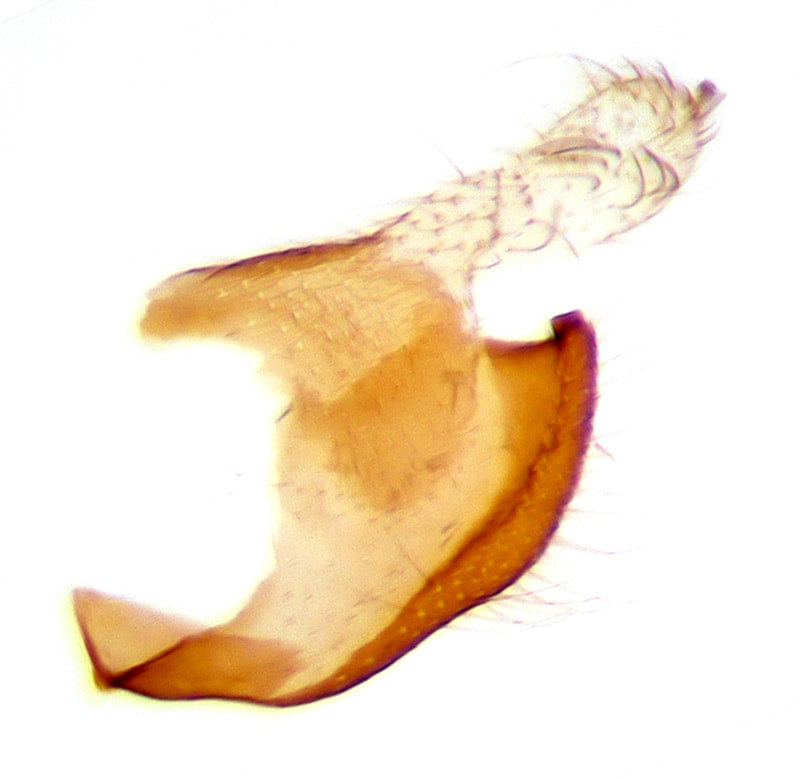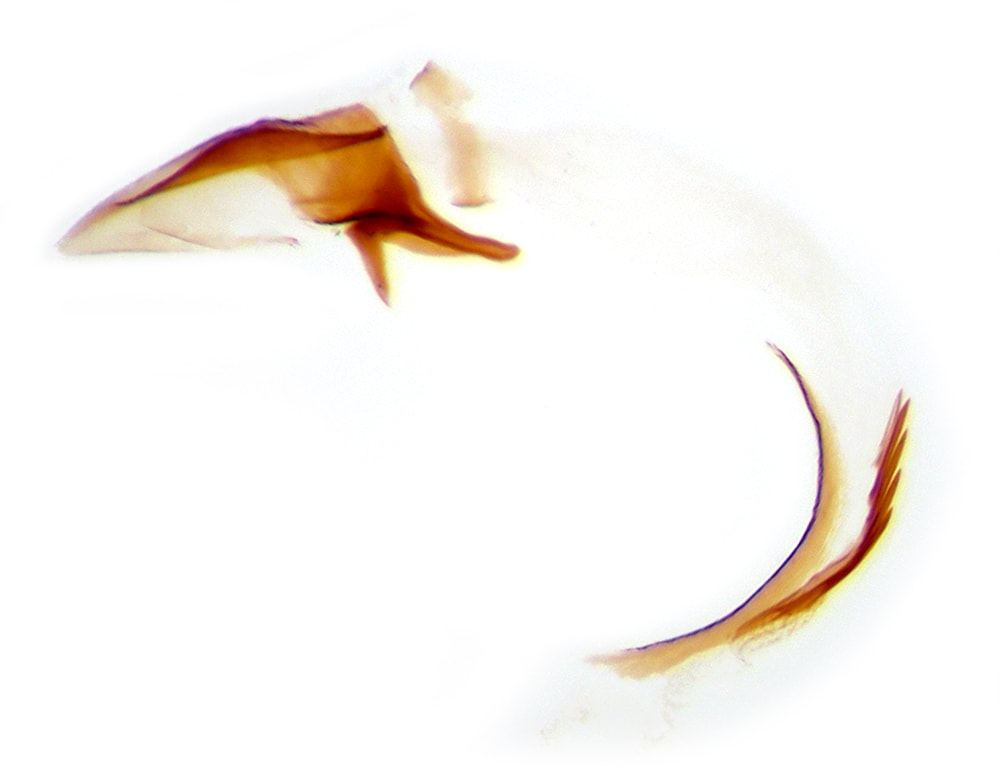37.034 Coleophora frischella (Red-clover Case-bearer)
ws: 10.5-12.5mm; Jun-Jul; red clover (Trifolium pratense); fairly common in S.England and Wales.
Formerly considered conspecific with C.alcyonipennella & C.deauratella
Formerly considered conspecific with C.alcyonipennella & C.deauratella
§1 Westcliff-on-sea, Essex; 03/08/2010; male; fw 6.3mm
§2 Orlestone Forest, Kent; 11/07/2018; male; fw 6.2mm
§3 St Mary's, Isles of Scilly; 12/07/2022; male; fw 6.7mm; specimen provided by Mick Scott
§4 Westcliff-on-sea, Essex; 12/07/2022; male; fw 6.5mm
All images © Chris Lewis
§2 Orlestone Forest, Kent; 11/07/2018; male; fw 6.2mm
§3 St Mary's, Isles of Scilly; 12/07/2022; male; fw 6.7mm; specimen provided by Mick Scott
§4 Westcliff-on-sea, Essex; 12/07/2022; male; fw 6.5mm
All images © Chris Lewis
Page published November 2011 (§1) | §2 added 17/05/2019 | §3 added 18/10/2022 | §4 added 19/12/2022
